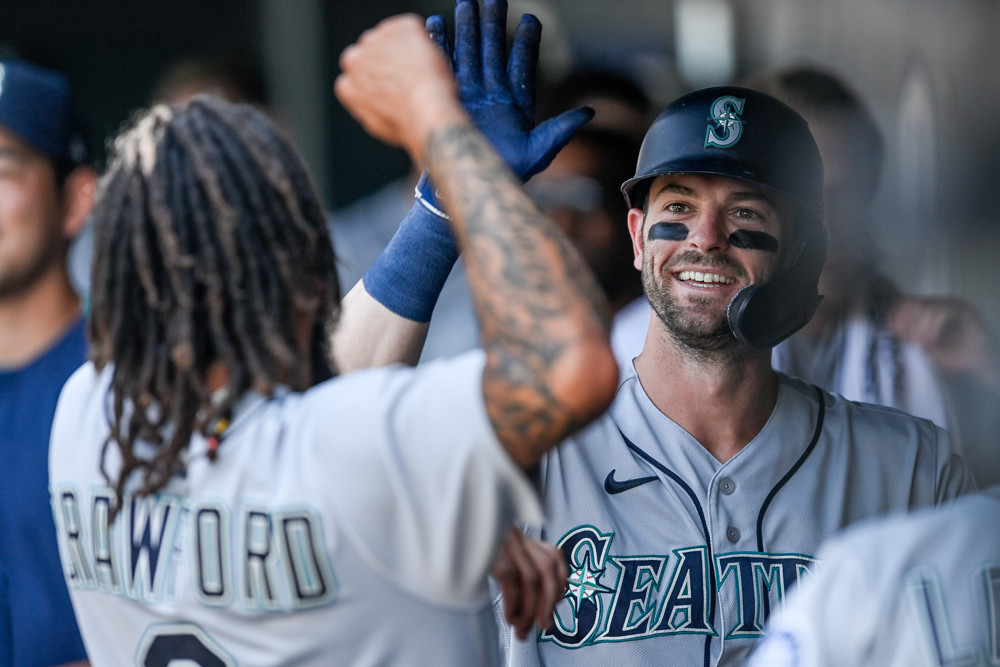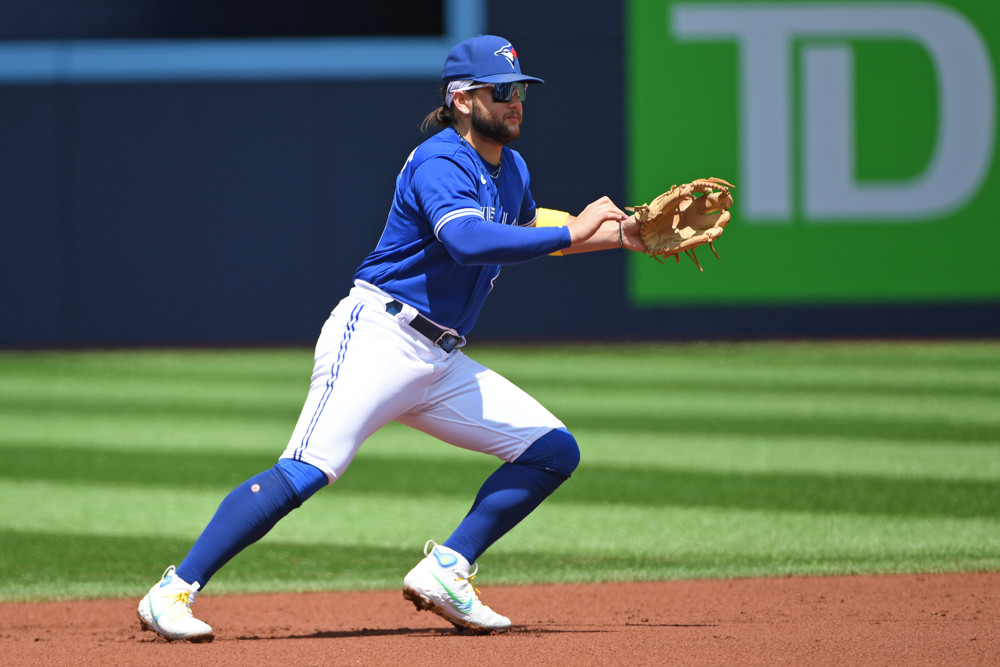The Mets are rolling.
They’re 29-17 even after two losses to the Giants and comfortably ahead in the NL East. Pete Alonso looks like an MVP. Jeff McNeil is back to .300 hitting form. The pitching has been great, even as Max Scherzer injures his oblique and joins Jacob deGrom on the sidelines for awhile.
You have to look hard for weaknesses here but there is one noticeable one.
Fewest Defensive Runs Saved – Infielders
| Team | DRS |
| White Sox | -14 |
| Nationals | -13 |
| Reds | -11 |
| Phillies | -11 |
| Giants | -9 |
| Mets | -5 |
>> Combines Runs Saved for 1B, 2B, SS, 3B, and IF positioning
The Mets haven’t done well at turning ground balls and bunts into outs in their first 46 games. They rank sixth-worst in that stat percentage wise (their out conversion rate is 71%) and in Defensive Runs Saved when combining the skill and positioning of their infielders (-5 Runs Saved).
That 71% out conversion rate is particularly troubling when you consider the expected out rate on those batted balls – 79% (expected rate based on historical out probabilities).
Perhaps the most important thing in this piece is that the gap of 8 percentage points between their actual and expected out rates is the worst in the majors.
If the Mets’ actual out rate matched their expected out rate, they’d have turned 38 more ground balls and bunts into outs this season.
If the Mets’ actual out rate matched their expected out rate, they’d have turned 38 more ground balls and bunts into outs this season.
So what’s going on here?
Not Up To Usual Standards
A look at our numbers, which separate positioning and skill (getting to balls, completing the plays), indicates the issue is more the latter than the former.
Only three teams have more Runs Saved from their infield positioning than the Mets. As for skill …
Defensive Runs Saved – Notable Mets Infielders
| Player | DRS |
| 1B Pete Alonso | -4 |
| 2B Jeff McNeil | 3 |
| SS Francisco Lindor | -5 |
| 3B Eduardo Escobar | -6 |
>> 10 Runs Saved from infield positioning, 4th in MLB
Let’s first be up front about this: We’re still in small-sample-size territory here. We’re going to point out a couple of players whose numbers aren’t great. But don’t necessarily presume that past performance will foreshadow future results.
For example, at around this point last season, Trevor Story and Joey Gallo were at -3 and -5 Runs Saved respectively. Story finished with 9 Runs Saved. Gallo finished with 15.
McNeil has played well for the Mets at second base. The rest of the infield hasn’t lived up to their history just yet.
Shortstop Francisco Lindor has a very good track record to work from. He had positive Defensive Runs Saved in each of his first seven MLB seasons.
But in 2022, he’s cost the Mets 5 runs with his defense.
From 2019 to 2021, Lindor converted 66% of opportunities into outs (an opportunity is defined as a play in which he had a >0% chance of recording the out). Thus far in 2022, he’s 111 of 181, which converts to 61%. By our measures, he should have converted 119 opportunities into outs.
To Lindor’s right is third baseman Eduardo Escobar, who for much of his career has rated either a little bit above average or below average. In his 10 year career prior to 2022, Escobar totaled -6 Runs Saved, which pretty much means he’s been an average defensive third baseman.
In 2022, he’s matched that -6 Runs Saved at third base through his first 38 games.
Escobar has converted 45 of 90 opportunities into outs. He’s at 50% so far at a position where the standard setters are in the mid-60% range and the good defenders are a little below that.
Whereas Lindor’s numbers have dropped when he moves in either direction, for Escobar it’s specifically the ball hit to his left that has been the cause of his poor defensive numbers.
He’s turned 16 of 54 opportunities on those balls into outs and his 30% out conversion rate specific to those plays ranks among the worst at the position. By our expected out rates, he should have turned 21 of the opportunities into outs.
The third piece in the “Why does the Mets infield defense rate poorly?” puzzle is Alonso. Alonso has had an up and down time of it at first base since his debut in 2019. In his first three seasons, he accrued 1 Run Saved.
But he entered 2022 off a good year. He saved 5 runs in 2021. In spring training, he said he hoped to win a Gold Glove someday. That’s a little bit of a bold proclamation. Buck Showalter has since made it a habit to hook Alonso for Dominic Smith late in games if the score is close.
Alonso has only one error this season, but he’s at -4 Runs Saved. Most of the damage has come on balls hit to his right, on which he’s converted 21% of opportunities (10-of-48). For his career, these are the balls on which Alonso’s defensive numbers have been quite good.
Pete Alonso On Balls Hit To His Right
| Seasons | Plays Made | Opportunities | Out Rate |
| 2019-2021 | 185 | 398 | 46% |
| 2022 | 10 | 48 | 21% |
>> Opportunities = Plays on which he has a >0% chance to get an out
Watching some 2022 video, a pattern emerged of a few balls that Alonso dove for but was a smidge late on. These are not easy plays by any means – the first here has a 59% out probability, the second is 43%. The bottom line statistically is that the play wasn’t made, so his stats get dinged a little bit.
Alonso is 4-of-14 on his diving attempts this season. He’s close to 50% at converting outs on dives for his career.
A player who typically rates at 50% could easily have a 4-for-14 stretch, so it’s not necessarily a surprising outcome. Again, it’s important to emphasize that a few missed balls early in a season can have a large impact on a player’s stats.
The combination of a small sample size, a good track record, and that the Mets have outhit their defensive shortcomings make this issue a little less concerning than it would be for other teams.
But at the same time, given that these players are likely to be in their respective spots for the season’s duration, the collective issue of performing so far below MLB expectation is one the team would surely like to turn in the other direction.


